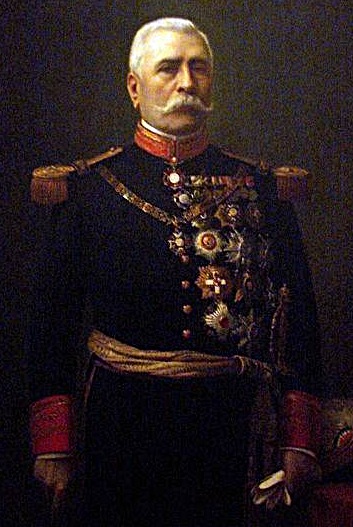The Games have begun, yet many of the half-million devoted tennis fans who will watch Nadal, Federer and Djokovic on home televisions and office Internet connections are unaware of the massive food service that supports this famous 14 day tournament of strength and skill.

Just consider the most recently released figures which reveal just how hard the 1,700 member FMC Catering staff at Wimbledon will be working for those 14 exciting days of play:

To Be Served
- 130,000 Lunches Served
- 40,000 Char-Grilled Meals Served
- 30,000 Fish and Chips Served
- 30,000 Meals for FMC's Own Staff
- 12,000 Kilos (26,455 Pounds) Poached and Smoked Salmon
- 17,000 Bottles of Champagne Lanson
- 150,000 Pimm’s Cocktails
- 100,000 Pints of Beer and Lager
- 300,000 Cups of Tea and Coffee
- 250,000 Bottles of Water
- 190,000 Sandwiches
- 150,000 Bath Buns, Scones, Pasties and Doughnuts
- 135,000 Ice Creams
- 60,000 Sausages
- 30,000 Liters (31,700 Quarts) of Milk
- 23,000 Bananas
- 22,000 Slices of Pizza
- 20,000 Frozen Yoghurt Cups

As you might have noticed, the above list does not include Wimbledon’s famed “Strawberries and Cream” which are a must when attending the Games. Well, they are in a food class all by themselves where tradition meets logistics.
On average Game spectators will consume 28,000 kilos (61,730 pounds) of English strawberries - 2,000 kilos (4,409 pounds) and 7,000 liters (7,397 quarts) of fresh cream every day of play.
When added up, that’s a total of 28,000 kilos (61,726 pounds) of strawberries and 98,000 liters (103,558 quarts) of cream prepared and served in just in 14 days! WOW!

And these aren't just any generic strawberries. They're Grade 1 English strawberries from Britain’s finest strawberry producing farms such as the Hugh Lowe Family Farms. Suppliers are working extra hard this year to meet the tournament’s demand as heavy rains and overly long cloudy skies have delayed the usual ripening season.
But with a courageous spirit equal to that of any tournament player, England’s berry growers are working hard to make their 5:30 A.M. delivery date each and every day.
The very same words used in the newest Wimbledon ad should also be used to describe the hard working catering staff and culinary suppliers to the Tournament – Super Human, Tough as Nails, True Champions All!
Your Culinary World copyright Ana Kinkaid/Peter Schlagel 2012
Post Note, May 26, 2012: You know you're a star when you're profiled on 60 Miuntues, America's in-depth Sunday News program faithfully watched by millions. This past Sunday Novak Djokovic was so honored.
The resulting story highlights how Djokovic's skill and courage led him from battle torn streets of Belgrade to the emerald green grass of Wimbledon. Impressive and touching. Thank you 60 Minutes!




















